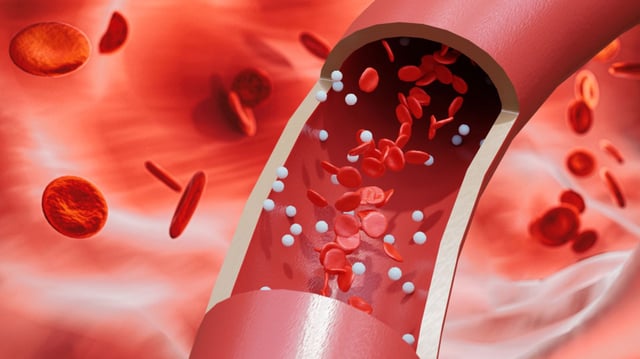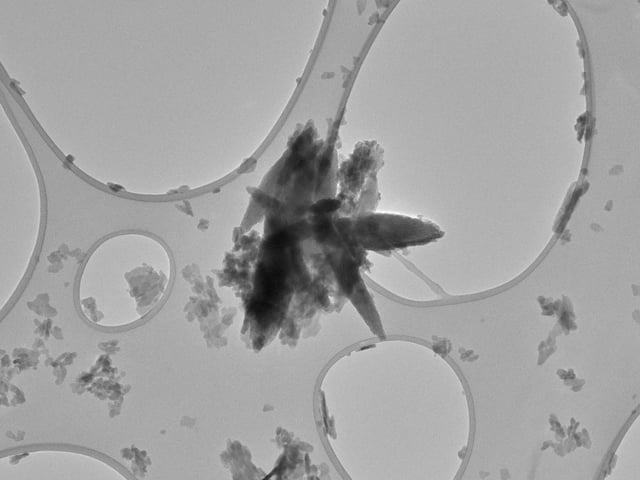Overview
- A University of New Mexico study presented at the AHA Vascular Discovery 2025 conference found nanoplastic concentrations 51 times higher in carotid plaques of stroke patients compared to healthy arteries.
- Asymptomatic plaque cases also showed 16 times more nanoplastics than healthy arteries, highlighting a stark disparity in plastic accumulation.
- Researchers emphasize these findings are preliminary, with no confirmed causal link between nanoplastics and stroke or related cardiovascular events.
- The study underscores technical challenges in measuring nanoplastics, particularly polyethylene, due to overlapping signatures with body fat in analytical methods.
- Calls for further research focus on understanding exposure pathways, biological mechanisms, and potential public health interventions to mitigate risks.


